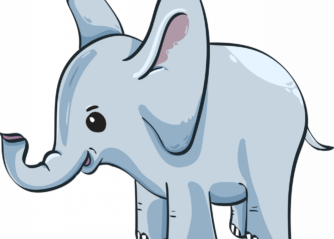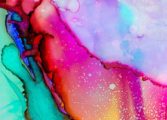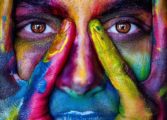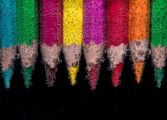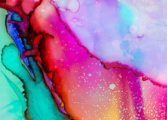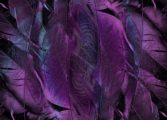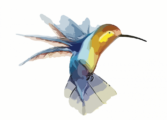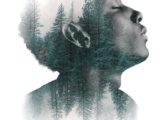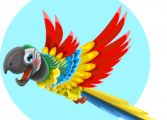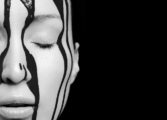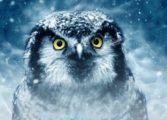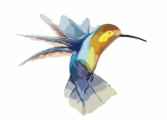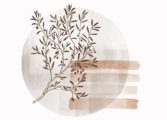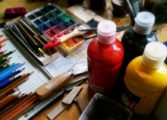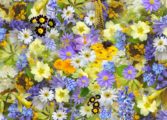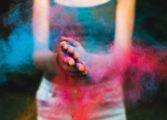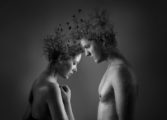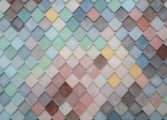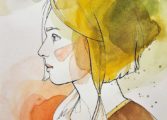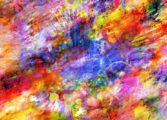Fashion Illustration: A Detailed Exploration of an Artistic Technique
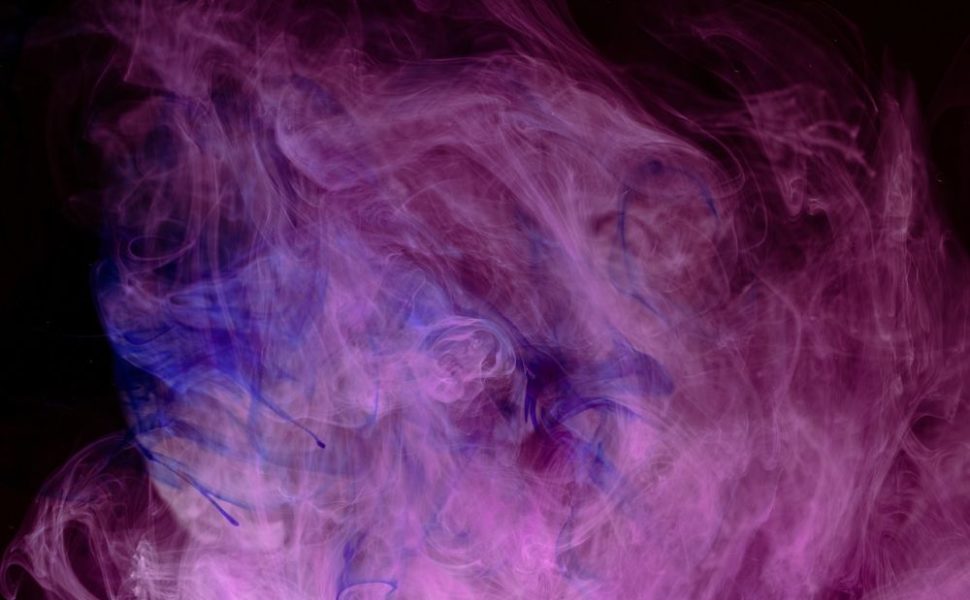
Introduction
Fashion illustration is a unique form of art that combines creativity and fashion. It involves creating visual representations of clothing, accessories, and even hairstyles, primarily for advertising or editorial purposes. In this comprehensive article, we will delve into the world of fashion illustration, exploring its various types, current trends, and historical significance. Join us as we celebrate this art form that brings fashion to life on paper.
Understanding Fashion Illustration
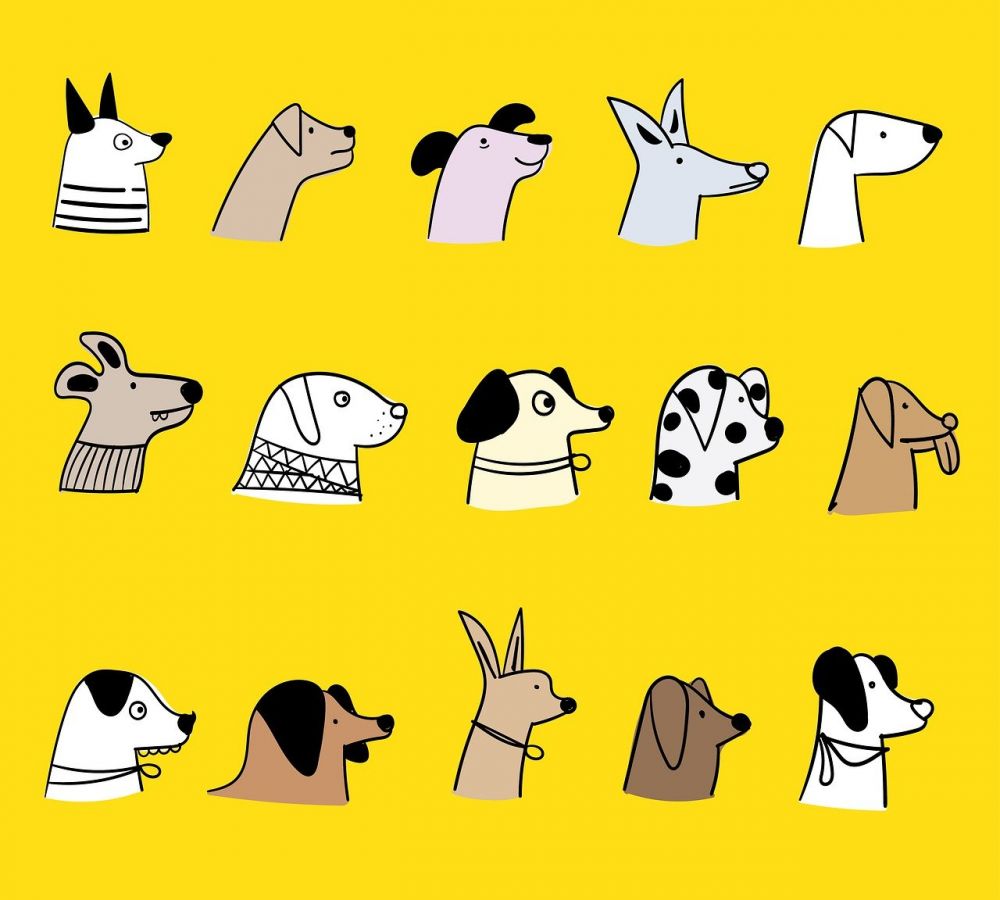
Fashion illustration is the art of visually portraying garments and accessories, emphasizing their style, design, and overall aesthetic. It allows designers, stylists, and brands to showcase their creations and vision to a wider audience. Using various mediums such as pencils, watercolors, or digital software, fashion illustrators meticulously capture the essence and details of different fashion pieces. These illustrations are often used in magazines, advertisements, fashion shows, and social media to promote products, inspire trends, or tell a visual story.
Exploring the Types of Fashion Illustration
There are several types of fashion illustration, each with its own unique characteristics and purpose. Let’s take a closer look at some of the most popular ones:
1. Silhouette Illustrations: Silhouette illustrations focus on showcasing the overall shape and form of garments, rather than intricate details. They are often used to convey the general vibe or mood of a collection.
2. Technical Illustrations: Technical illustrations provide detailed and accurate representations of clothing construction and design elements. These illustrations are commonly used by pattern makers and garment manufacturers to communicate how a garment should be made.
3. Croquis Illustrations: Croquis illustrations are quick, sketchy drawings that capture the basic outline and proportions of a figure. These serve as the foundation for fashion illustrations, allowing artists to easily visualize and add clothing onto the model.
4. Narrative Illustrations: Narrative illustrations tell a story or convey a concept through fashion. They go beyond showcasing garments and aim to evoke emotions or spark conversations through their visual narratives.
Measuring the Impact of Fashion Illustration
While fashion illustration is an art form rooted in creativity, its impact can also be measured in terms of audience engagement and brand exposure. Here are some quantitative measurements that highlight the significance of fashion illustration:
1. Social Media Following: Many fashion illustrators have gained substantial followings on platforms like Instagram, where they share their artwork and collaborate with brands. The number of followers and engagement rates can indicate an illustrator’s impact and popularity.
2. Ad Campaign Success: Fashion brands often use fashion illustrations in their advertising campaigns. Monitoring the campaign’s reach, sales figures, and consumer perception can help determine the effectiveness of fashion illustration in promoting products.
3. Editorial Features: Fashion illustrations regularly appear in prestigious magazines and editorial spreads. Analyzing the reception and readership of these features can provide insights into the impact and relevance of fashion illustration in the fashion industry.
Distinguishing Different Styles of Fashion Illustration
Fashion illustrations vary greatly in style, reflecting the diverse artistic approaches and preferences of different illustrators. Some of the styles that are popular today include:
1. Classic Illustration: This style is characterized by its emphasis on elegant lines, intricate details, and a refined aesthetic reminiscent of traditional fashion illustrations from the early 20th century.
2. Minimalist Illustration: Minimalism focuses on simplicity and clean lines, often with a limited color palette. This style resonates with contemporary fashion trends and offers a fresh, modern take on fashion illustration.
3. Digital Illustration: With advancements in technology, many illustrators now create their works digitally. Digital fashion illustration allows for greater flexibility, experimentation, and enables illustrators to explore various digital effects.
A Historical Journey through the Pros and Cons of Fashion Illustration
Throughout history, fashion illustration has played a significant role in the fashion industry. Let’s explore the advantages and disadvantages of different approaches to fashion illustration over the years:
1. Advantages of Traditional Fashion Illustration: Traditional fashion illustration offered a tangible and tactile medium, allowing for more intricate details and a certain charm that digital illustrations may lack. It often portrayed clothing in a dreamy, poetic way, capturing the essence of the era it represented.
2. Disadvantages of Traditional Fashion Illustration: Traditional illustrations required extensive materials, time, and expertise to create. In addition, they were limited in terms of editing and reproducing multiple copies. This made it difficult for fashion illustrations to keep up with the fast-paced nature of the fashion industry.
3. Digital Revolution: The emergence of digital fashion illustration revolutionized the industry. It offered increased efficiency, versatility, and the ability to edit and share works easily. Digital illustrations also made it possible for fashion illustrations to keep up with the rapid changes and demands of the fashion industry.
Conclusion
Fashion illustration is a captivating blend of artistry and fashion, allowing designers to bring their creations to life on paper. Through this article, we explored the different types and styles of fashion illustration, measured its impact, discussed its distinguishing features, and took a historical journey through its pros and cons. By understanding the significance of fashion illustration, we can better appreciate the artistry and creativity that goes into every stroke of the pen or click of the mouse. Let us continue to celebrate this timeless art form that bridges the gap between fashion and imagination.
Sources:
– Fashion Illustration Now by Laird Borrelli
– Masters of Fashion Illustration by David Downton



